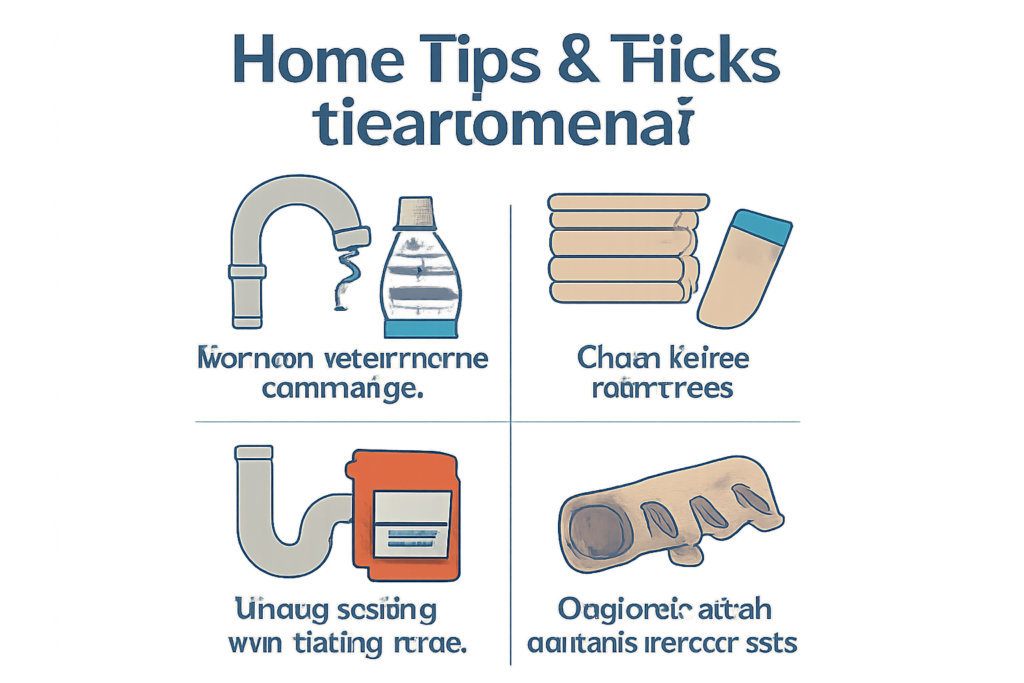liquid nitrogen tattoos
Liquid nitrogen tattoos are showing up more often in online conversations, promising unique designs and striking white marks on the skin. But what is a liquid nitrogen tattoo, and is it a good idea? Let’s take a closer look at this trend, how it works, the risks involved, and what alternatives exist if you’re looking for a distinctive form of body art.
What Are Liquid Nitrogen Tattoos?
A liquid nitrogen tattoo does not use ink. Instead, it involves applying liquid nitrogen—a super-cold chemical typically used in medicine for freezing off warts or skin tags—to the skin in a selected pattern. The extreme cold burns the skin tissue in a controlled way, creating a white scar in the design’s shape as the area heals.
People sometimes call these “white ink tattoos” or “freeze brand tattoos,” though neither of those terms is technically accurate. The effect is achieved purely through scarring.
The Appeal and the Reality
The main appeal is the unique look. The resulting scar can be more subtle than traditional tattoos and can’t fade out like ink-based art. There’s also a certain shock factor to the process, and some people hope that the result will resemble a crisp, white line.
But the reality is less predictable. Scarring varies widely by skin type, healing process, and aftercare. Some people end up with thick, raised scars (hypertrophic or keloid scars), while others barely see a mark. You can’t tune the results the way you can with colored ink.
Safety and Health Risks
This is the part where caution is strongly advised. Liquid nitrogen is not meant for body art. It’s a medical tool best left in the hands of experienced professionals, typically for specific skin treatments. When used for tattoos, liquid nitrogen can:
- Damage healthy skin tissue
- Cause uncontrolled or excessive scarring
- Lead to infection if not handled in sterile conditions
- Cause pain, blistering, and even permanent nerve damage
Doctors and professional tattoo artists generally discourage the use of liquid nitrogen tattoos. There’s no regulation or professional training for offering them safely, increasing the risks further.
Are There Safe Alternatives?
If you’re interested in the white-highlight look, there are safer ways. White ink tattoos are performed by licensed tattoo artists and can be customized. While white ink can fade over time and sometimes yellow depending on skin type, it doesn’t involve intentionally wounding the skin with chemicals.
Other scarification methods (like branding or cutting) come with their own risks, but at least some are practiced by experienced body modification professionals who prioritize safety.
The Bottom Line
Liquid nitrogen tattoos might look interesting online, but the process is neither safe nor reliable. The risks—uncontrolled scarring, pain, infection—are significant, and outcomes are unpredictable. There are safer approaches to body modification for those seeking subtle, white-ink tattoo effects.
If you’re considering any form of body art, pause and do your research. Consult with qualified professionals. With something as permanent as a scar, safety and predictability should always come first.



